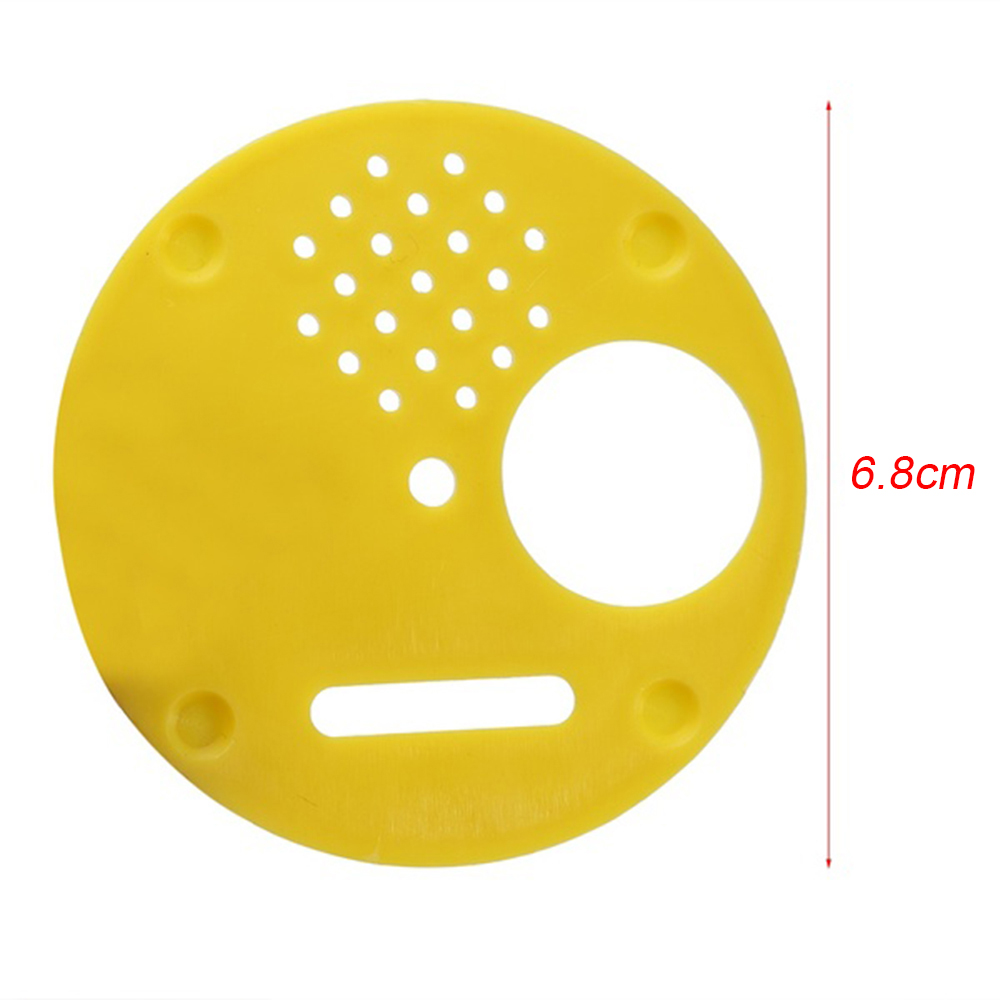In addition to controlling the movement of bees, “beehive entrance reducers” serve several other important functions:
- Enhancing Defensive Capabilities: A smaller entrance allows bees to more effectively defend the hive, as they can concentrate their efforts in a smaller area against intruders.
- Restricting Queen Bee Movement: Sometimes, reducers can limit the queen’s movement, reducing the risk of her getting lost or being captured by other colonies.
- Promoting Unity Among Bees: A smaller entrance forces bees to cluster more closely together, which helps to strengthen the cohesion of the colony.
- Energy Conservation: During cold seasons, a smaller entrance helps to reduce heat loss, and bees can maintain the temperature inside the hive through collective insulation.
- Controlling Colony Expansion: In some cases, beekeepers may wish to control the rate of colony growth, and reducers can help by restricting bee activity.
- Adapting to Different Bee Species: Different bee species may require different entrance sizes, and reducers can provide suitable entrance dimensions for specific bee species.
- Facilitating Observation: A smaller entrance makes it easier for beekeepers to observe hive activity without disturbing the entire colony.
- As a Training Tool: During bee training, reducers can be used to guide bees in learning how to enter and exit through specific entrances.
- Protecting the Hive from Wind and Rain: In adverse weather conditions, reducers can protect the hive entrance, reducing the direct impact of wind and rain on the hive.
- Improving Hive Safety: When the hive needs to be moved or transported, reducers can ensure that bees do not escape during the process.
These uses demonstrate the versatility and importance of beehive entrance reducers in beekeeping.


